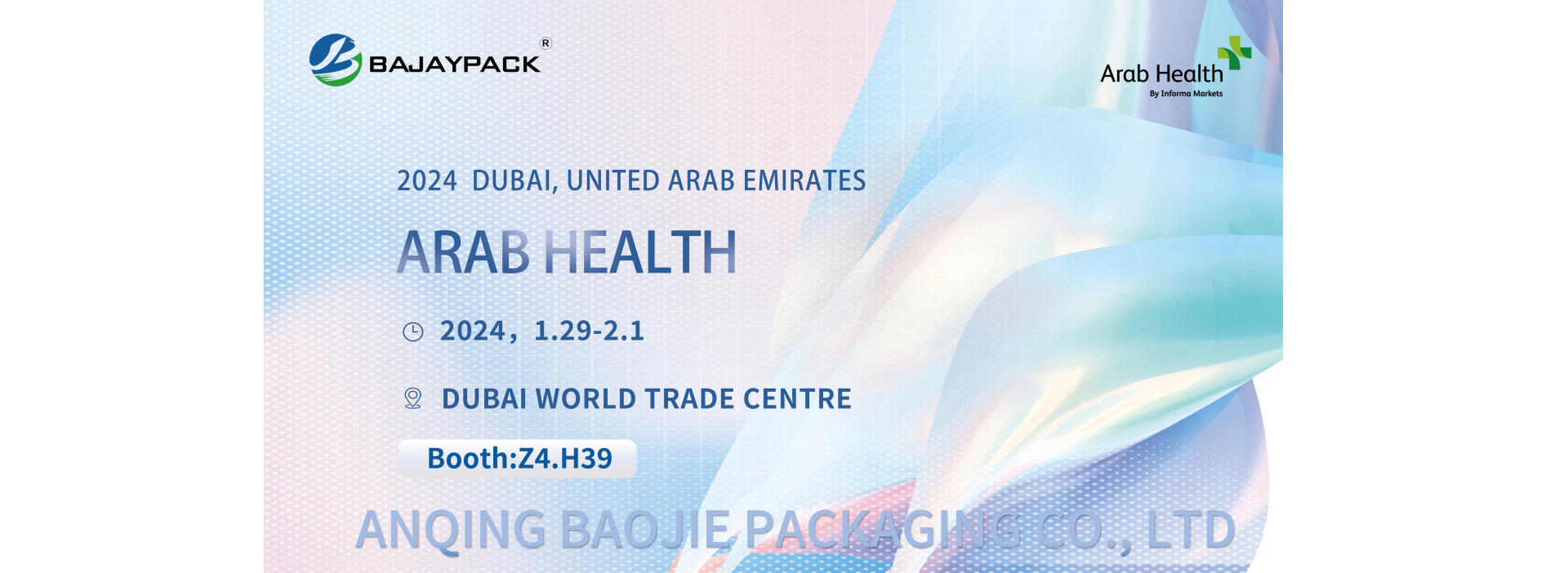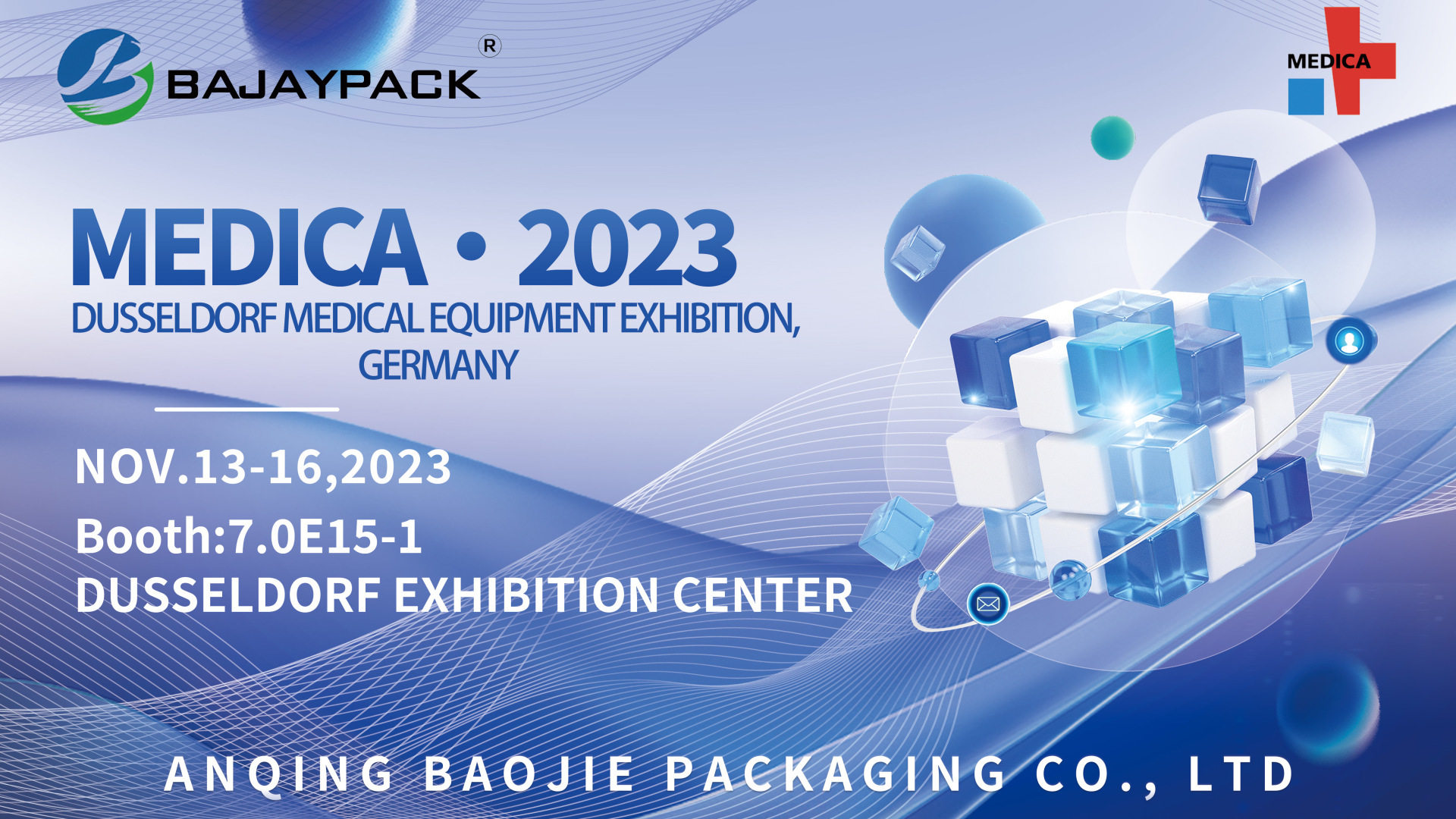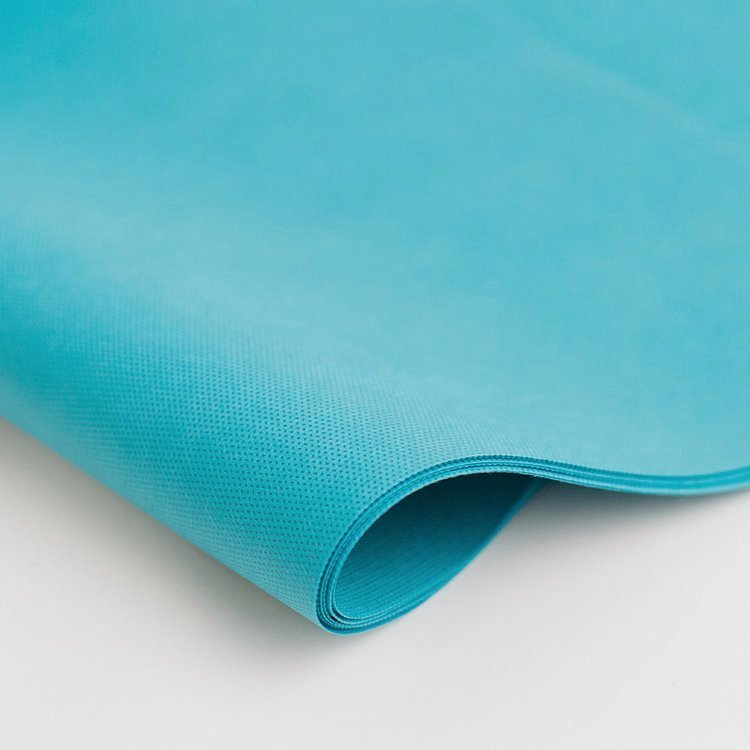Performance of medical packaging materials! BAJAYPACK
Author:Baojie editor
Source:Anqing Baojie packaging co.,ltd
Release time:2023-03-13
The packaging material must be able to allow the penetration and precipitation of sterilization factors such as water vapor and chemical gas. Tight grid or woven pattern may cause difficulties in penetration or precipitation, which may cause potential wet package problems during pressure steam sterilization.
Performance of medical packaging materials (BAJAYPACK)
It takes a period of time from the end of the sterilization procedure to the patient's use of sterile articles, during which the packaging materials play a vital role in maintaining the sterile state of the articles. There are no qualified sterile articles without qualified packaging. What are the properties of general packaging materials?
(1) Provide microbial barrier:
The microbial barrier function of packaging materials can prevent microorganisms from penetrating the sterilization package and contaminating the contents of the package. On the other hand, microorganisms can spread through water. Therefore, the liquid resistance of packaging materials is also crucial for the invasion of microorganisms.
(2) Allow the penetration and precipitation of sterilization factors:
The packaging material must be able to allow the penetration and precipitation of sterilization factors such as water vapor and chemical gas. Tight grid or woven pattern may cause difficulties in penetration or precipitation, which may cause potential wet package problems during pressure steam sterilization.
(3) Tear resistance and puncture resistance:
Once the package is torn or perforated, it may pollute the contents of the sterilization package and bring potential danger to the sterile area. In addition, the torn or perforated package must be reprocessed, which not only delays the time for the department to use the sterilization product, but also wastes time, manpower, material and financial resources.
(4) Compliance:
Sterilized articles should be kept sterile from the end of sterilization to the beginning of use, which requires non-woven fabrics and other packaging materials to be able to hang and not rebound after opening, so as to prevent articles from being contaminated with dirt.
(5) No flocculation/low flocculation:
The volume of cotton wadding or non-woven fiber wadding is much larger than that of bacteria and viruses. Therefore, cotton wadding or non-woven fiber wadding is easy to become the carrier of microorganisms and may further absorb detergent, disinfectant and other liquids. Their presence may cause serious complications, such as thrombosis, enlarged inflammatory reaction, poor wound healing, and granuloma.
(6) Abrasion resistance:
Once the fabric is worn, it may lead to the formation of flocs, the weakening of filter barrier, the weakening of liquid resistance and other consequences, so the packaging materials need to have strong wear resistance.
The aseptic packaging system not only needs to have many of the above characteristics, but also needs to achieve the balance of these characteristics in order to become a perfect packaging choice. Therefore, when selecting packaging materials, we should comprehensively consider their performance attributes.
(7) Requirements for biocompatibility and toxicological characteristics:
Considering the direct or indirect contact between sterile packaging materials and devices, the requirements on biocompatibility must be met. Referring to the requirements of GB/T16886.1, it is generally an acceptable choice to select the biological evaluation of packaging materials according to the biological evaluation items of surface devices. Packaging materials shall undergo sterilization process similar to or more stringent than that of products before biocompatibility evaluation. When there is liquid in the package of sterile medical devices, the dissolved substance of the package material shall be evaluated.
(8) Physical and chemical performance requirements:
Common physical properties, such as air permeability, tensile strength, thickness, tearing degree, particle pollution, etc. [2-6]; Common chemical properties, such as dissolved matter, odor, pH, chloride, heavy metal, easy oxide, etc. [7,8].
(9) Adaptability of forming and sealing process:
For example, the width, strength and integrity of the seal, as well as the requirements of whether the seal is delaminated or remains torn when it is peeled off.
(10) Adaptability to expected sterilization process:
If necessary, it shall be verified that the packaging material/system has good air permeability to air and sterilizing agent under the specified loading form in the sterilizer to meet the conditions required for sterilization; It is easy to release sterilizing agent after sterilization. At the same time, it is required that there should be no impact on the integrity of packaging due to sterilization, such as whether the performance of materials is still within the specified limit after the specified sterilization process (such as sterilization parameters, sterilization times, sterilization methods, etc.). Generally, this confirmation process is carried out during sterilization confirmation.
(11) Requirements for storage life limit before and after sterilization:
The ability to maintain the sterility of packaging materials should be considered. Maintain the stability of the mechanical and chemical properties of the packaging materials and the integrity of the packaging system within the validity period.
(12) Requirements for toxic substances:
Under the conditions of use, no matter before, during or after sterilization, the material should not contain or release toxic substances that are sufficient to cause health hazards.
(13) Requirements for coating materials:
① The coating shall be continuous; ② The amount of glue applied meets the nominal requirements; ③ After sealing, the minimum sealing strength specification shall be met.
(14) Requirements for side effects of medical devices:
Before, during and after the specified sterilization process, the materials and their components, such as coating, printing ink or chemical indicators, should not react with, pollute and/or migrate to the medical device, thus causing no side effects on the medical device.
(15) Convenient/clean opening requirements:
On the premise of protecting the sterile state of the product, aseptic packaging should also be easy to open and use. During the opening process, try to avoid tearing, which requires that the sealing strength of the opening part should be moderate.
(16) Requirements for packaging materials and label printing:
The ink printed on the label shall not permeate, migrate or react on the packaging material. The ink printed on the package shall be complete and clear before use.
(17) Sensitivity requirements of packaging materials to external conditions:
Based on the expected storage and transportation environment of sterile medical devices, the sensitivity of packaging materials to temperature, moisture, light, oxygen, vibration, pressure and other conditions should be considered.
Medical non-woven fabric VS ordinary cotton fabric
Medical non-woven fabrics and ordinary cotton fabrics are common medical packaging materials at this stage, but there are certain differences between the two materials. The provisions of WS310.2-2016: when the temperature and humidity of the environment in the sterile goods storage area reach the provisions of WS310.1, the valid period of sterile goods packed with ordinary cotton cloth should be 14 days. When the environmental standard is not met, the validity period of sterile articles packed with ordinary cotton cloth materials shall not exceed 7 days. The valid period of sterile articles packed with medical non-woven fabrics should be 180 days.
What is the difference between medical non-woven fabrics and ordinary cotton fabrics?
The medical non-woven fabric forms an equivalent aperture of less than 50 through the irregular interlacing of numerous short fibers in the microbial barrier layer (meltblown layer) μ M nonwovens, curved channels can effectively block the passage of microorganisms and form an effective microbial barrier.
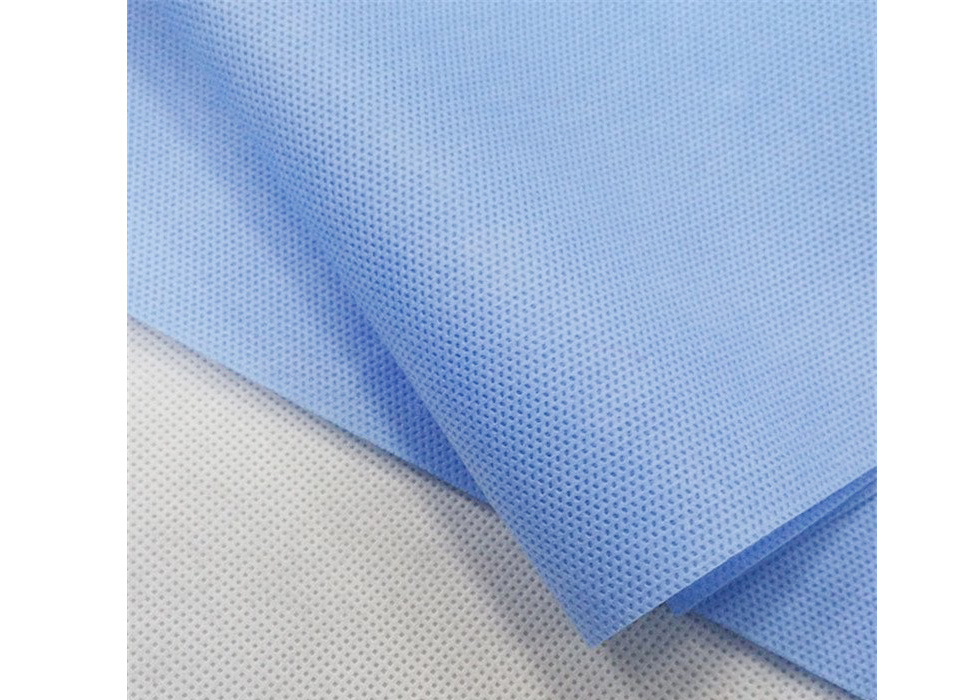
A woven fabric made of ordinary cotton yarn with an aperture of about 40-50 μ m. After repeated washing, the yarn spacing is easy to increase, resulting in larger pore size, and even small holes that are not easily detected by the naked eye, while the size of bacteria or microorganisms is generally 0.5-5 μ m. It is easy to pass through cotton cloth, which leads to the failure of bacteria resistance.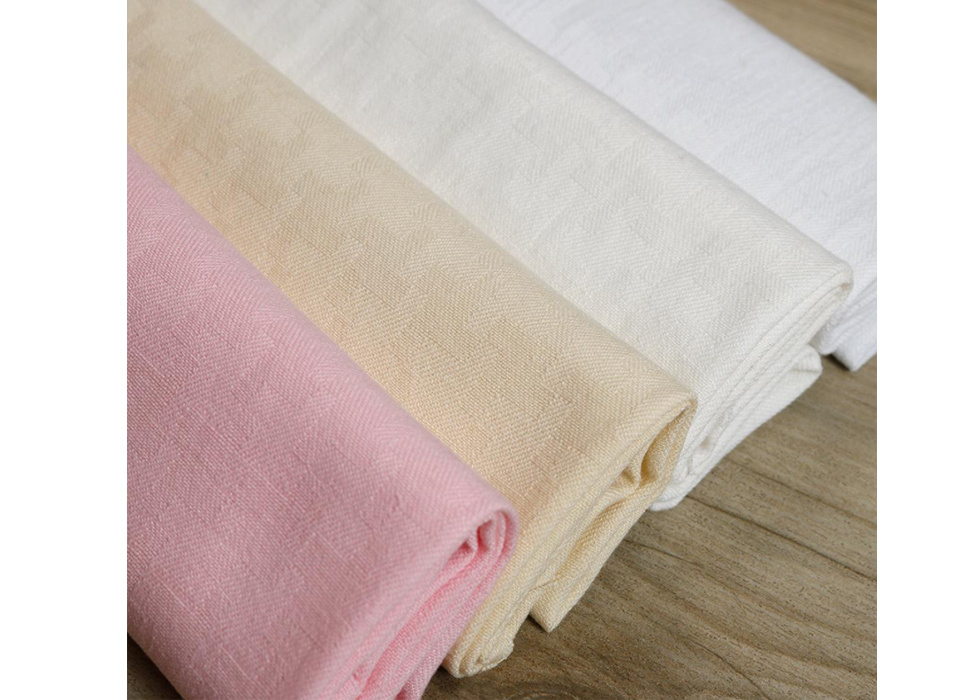
The packaging material must be able to allow the penetration and precipitation of sterilization factors such as water vapor and chemical gas. Tight grid or woven pattern may cause difficulties in penetration or precipitation, which may cause potential wet package problems during pressure steam sterilization.
关键词: BAJAYPACK,Medical,packaging,Disinfection,self-sealing,bag,Smms,non-woven,fabric

